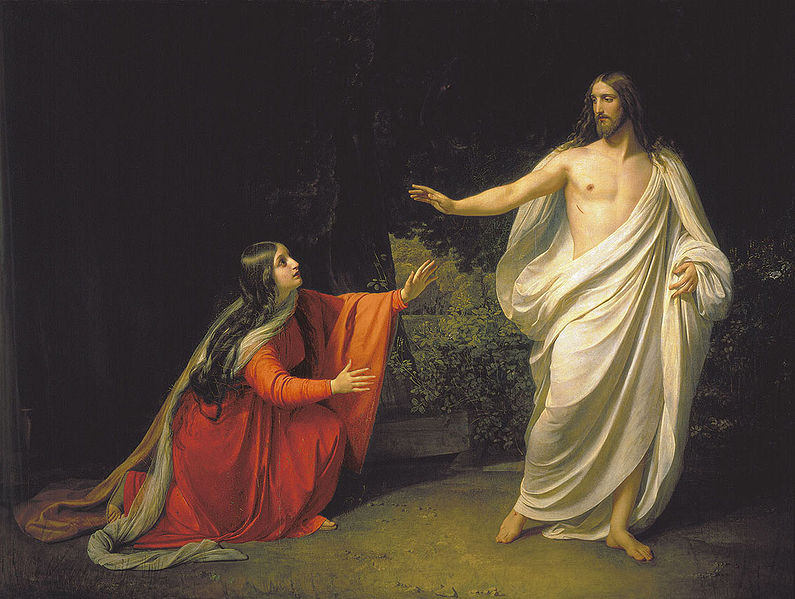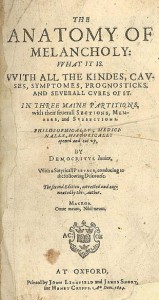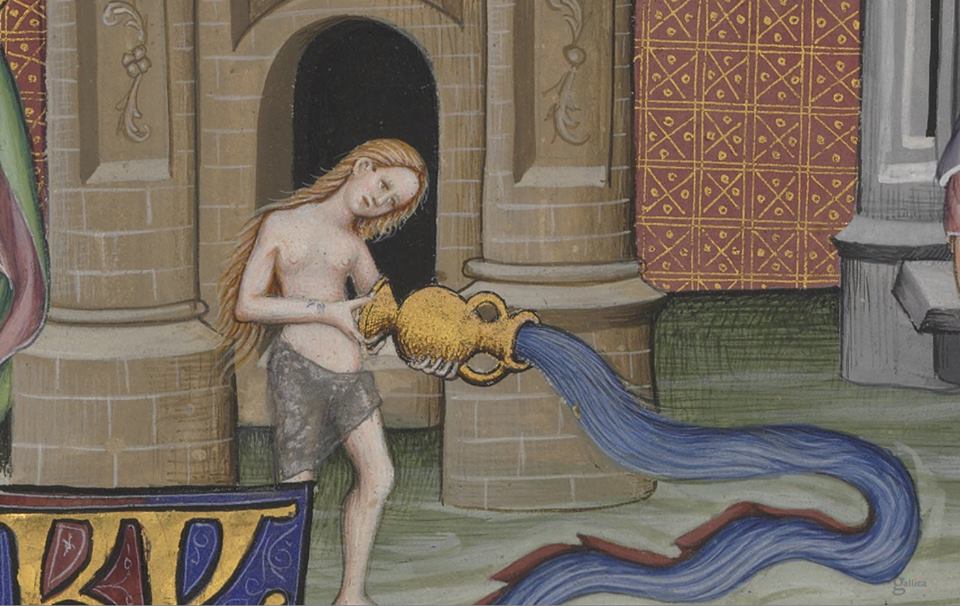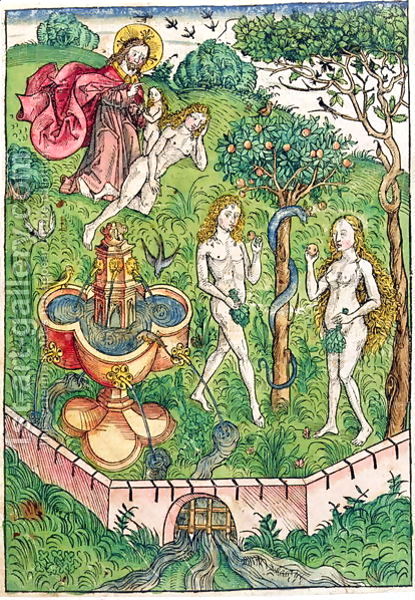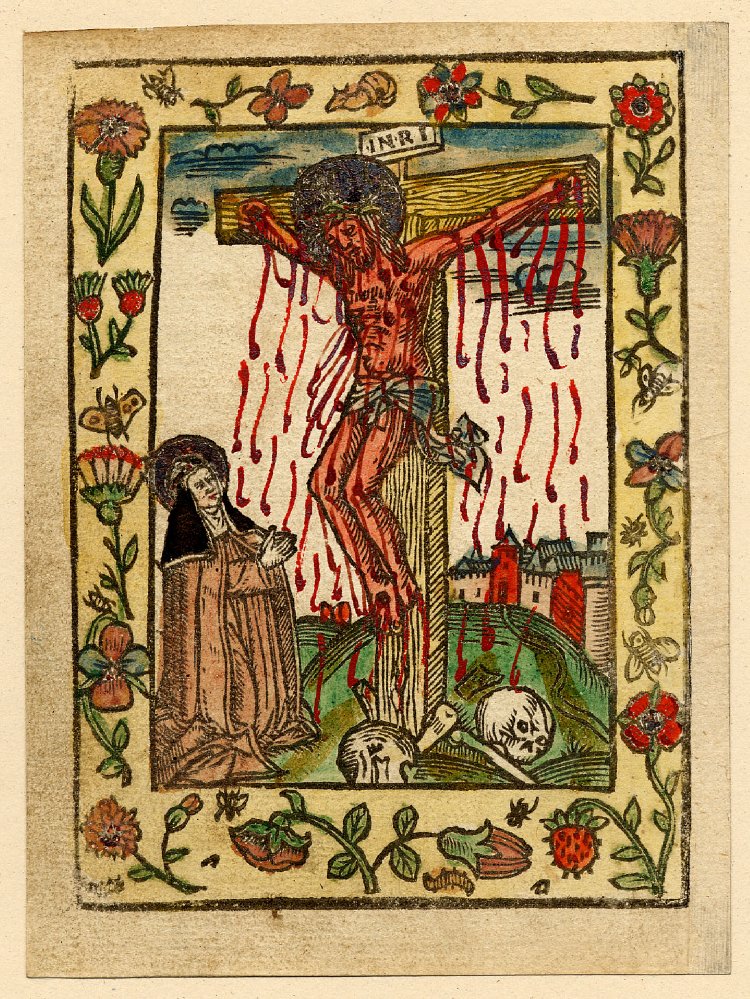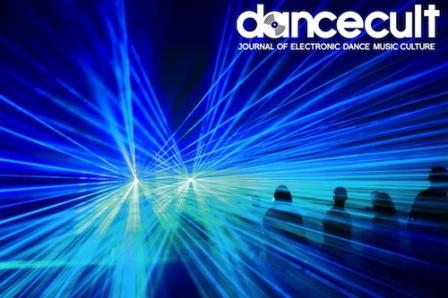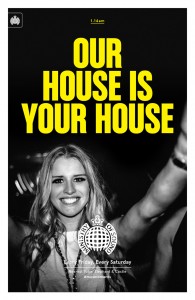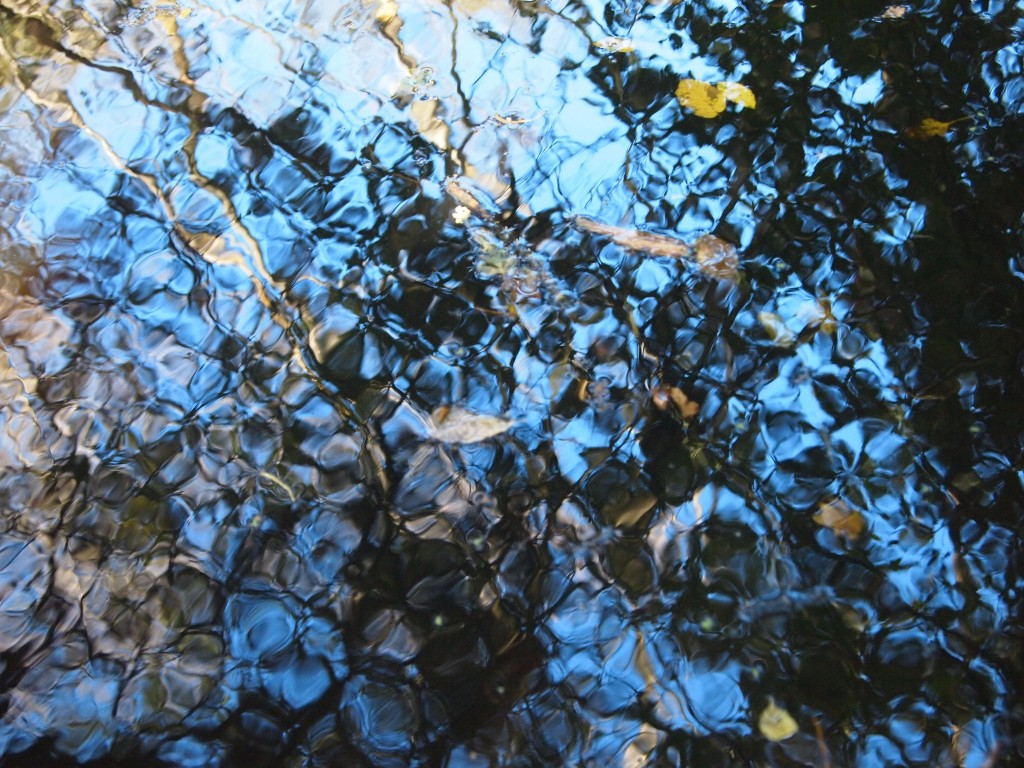 Professor Mihalyi Csikszentmihalyi is one of the world’s best-known psychologists, famous for developing the concept of ‘flow’. Inspired by the creative process of artists and musicians, Csikszentmihalyi spent decades researching the ‘flow’ states of consciousness that people can achieve when they’re totally absorbed in doing what they’re best at. They lose self-consciousness and a sense of time, and ‘zone in’ to their activity, sometimes achieving things that are ‘almost impossible’. I interviewed Csikszentmihalyi over the phone about his latest essay, ‘The Politics of Consciousness’, published in a new collection of essays called Well-Being and Beyond.
Professor Mihalyi Csikszentmihalyi is one of the world’s best-known psychologists, famous for developing the concept of ‘flow’. Inspired by the creative process of artists and musicians, Csikszentmihalyi spent decades researching the ‘flow’ states of consciousness that people can achieve when they’re totally absorbed in doing what they’re best at. They lose self-consciousness and a sense of time, and ‘zone in’ to their activity, sometimes achieving things that are ‘almost impossible’. I interviewed Csikszentmihalyi over the phone about his latest essay, ‘The Politics of Consciousness’, published in a new collection of essays called Well-Being and Beyond.
JE: You say in your essay that psychology does not yet have an adequate idea of consciousness. What do you mean?
MC: The theory that most psychologists would ascribe to does not take account of the autonomy of consciousness and people’s ability to come up with plans, purpose and motivation that are not inherent. The usual definition of consciousness is that it’s awareness of what is already in the mind. Consciousness is simply a repository or collection of impulses and stimuli that have been experienced by the person. I think the question of what consciousness actually does as an agent, as a director or controller of the mind – that hasn’t been well formulated.
JE: You talk about the politics of consciousness – the social, economic and cultural conditions that allow consciousness to flourish, and you name three essential conditions for that flourishing – freedom, hope and flow.
MC: Yes. For example, if the freedom of consciousness is restricted by political dictatorship or lack of opportunity, then consciousness is itself restricted and has no opportunities to go beyond the direction in which external forces push it.

The collapse of the Soviet Union as a revolution in consciousness
That’s why I was saying that the Soviet system corrupts, because eventually people can’t suffer any more the fact they weren’t free to use their energy in ways that are more truth-orientated than people allow them to be. Behavioural psychologists might have predicted that the Soviet system would have successfully re-programmed people into subservient robots. That’s because psychologists were not able to come to terms with the existence of consciousness, which allows people to imagine and choose alternatives to existing reality.
JE: In terms of hope – I suppose for centuries the basis of people’s hope was hope in the afterlife, while for the last 200 years it’s been more hope in humanist progress. Do you think we’re becoming less hopeful about the future because of economic stagnation and the looming prospect of dramatic climate change?
MC: That’s certainly a danger, that as progress falters, that will undermine hope not just for progress but for life itself. I think that is a real problem, and that’s why I hope psychology could begin to help to find reasons for existence and for going on with life that are more reliable than progress.
JE: And your third essential constituent for flourishing consciousness is flow. You say in your essay that if we don’t have outlets for flow, people will look for excitement through things like violence and military adventurism. You mention the Hitler Youth as an example of this. Do you think something similar is happening in Middle Eastern countries, where there’s high youth unemployment and alienation, and the boredom leads to a sort of ‘heroic Jihadism’?

Young British muslims on a Jihadi boys tour in Syria
MC: Yes definitely. Look also at Africa, which has by now several hundreds of thousands of teenage boys who are given weapons by diamond smugglers and so forth, and for them it’s a great adventure. They remember how in the village they were frightened by attacks from neighbouring gangs, but give them a machine gun and they feel in control and able to ‘live large’, so to speak. That is a danger even under the surface of the supposedly more developed countries. For young men especially, a certain amount of purposeful effort is needed – something that they can work on and try to improve at. At the moment, all the focus is on academic performance in high school, and if you’re not successful in that one domain of cognitive skill, there’s so little to do. That’s why young people become easily seduced into drugs and violence.
JE: In your TED talk, 10 years ago, on flow, you made a link between flow and altered states of consciousness like ecstasy. You quoted a leading American composer, who said that sometimes he finds himself ‘in an ecstatic state where almost you feel like you don’t exist…I have nothing to do with what’s happening. I just sit there and watch in a state of awe and wonderment. And [the music] just flows out of itself.’ I’m researching ecstatic experiences at the moment. Could you talk about about how ecstasy relates to your concept of flow?
MC: When I started studying these altered states in artists and musicians and so forth, the literature on ecstasy was one that resonated very much with what I was learning. But flow is kind of a toned-down ecstasy, something that does have some of the characteristics of ecstasy – feeling that you’re losing yourself in something larger, the sense of time disappears – but flow happens in conditions that are usually rather mundane. Of course they happen also in arts or sports or extreme physical situations, but they can happen washing the dishes or reading a good book or having a conversation. It’s a kind of experience which culminates in ecstasy.

What are the similarities and differences between flow and ecstasy?
But the problem with ecstasy is that you can’t programme it, you have to be lucky to be a situation where all conditions are so distinctly awesome that you feel ecstasy. Or you can learn to achieve it through very long periods of training like in Hindu mystical practices. Or you can get a similar sensation by taking drugs, but the thing with the chemical path to ecstasy is that you haven’t done it yourself – it’s an external manipulation of your nervous system. And that doesn’t leave much residue in your consciousness. You don’t feel that you have achieved it, as you do when you get it through yogic techniques or true flow. If you achieve the ecstatic experience through meditation, you feel ‘I can do it’ – you are actively connected to a larger experience.
JE: An interesting difference between the traditional idea of ecstasy and your notion of flow is that, in ecstasy, there’s the idea that your consciousness goes outside of its ordinary parameters, but also that something else comes in – a god, genius, daemon or spirit. This is what Plato called enthusiasm, which means ‘having a god within’. Likewise, in creative inspiration, there’s the idea that some creativity is inspired – it’s a opening up to something, and a spirit going in or communicating through you. Many artists or poets or musicians feel like they are channelling something beyond them. But in flow, the autonomy of the self remains inviolate, self-contained, separate. So it’s a disenchanted definition of ecstasy, in which you never really go beyond the self.
MC: Well, all psychologists can report is what we learn from human behaviour or statements from people who we talk to. There may be all kind of miraculous things in the world that we have no idea about. We’re psychologists, we talk to what happens to people. If you’re talking about people who get flow, you occasionally have that sort of account, but not necessarily – many others don’t say that. For instance, chess players might say that in a really good game, they have the experience where they feel their mind has become part of the Supreme Rationality that exists outside of them in a sort of Platonic way. You feel that pure logic is coming in to your mind. But mostly the people are talking metaphorically or allegorically. They don’t actually believe it. I don’t think I’ve met anyone who actually believes.
JE: You’ve never interviewed an artist or musician who thinks their inspiration is supernatural?
MC: Not that what came into them is a supernatural force, no. But they experience it as ‘wow, I felt I had complete control’ – they explain it as a feeling or experience they had. They didn’t literally believe it was a spirit, not the ones I’ve talked to.
JE: The other big difference with the older idea of ecstasy is that your description of flow very much emphasizes training and mastery and a feeling of competence and control. In ecstatic states, by contrast, there’s traditionally been this idea that the inspired person almost doesn’t know what they’re doing, they’re out of control. It’s not an experience of mastery so much as surrender. But you also talk about the paradox of control – that in flow states there’s both a mastery and a letting go. Can you explain that paradox a bit?
MC: The sense of control is never complete, because otherwise you wouldn’t be in flow. The feeling people have is that, at the moment, they have the possibility of doing things that are really difficult or almost impossible. But they have that feeling only in a conditional sense – they know they could make a mistake. On the other hand, they feel that if they do everything as it should be done, it will work out. In everyday life, you feel even if you do your best something may happen or undo what you are trying to do. When you are in flow, you feel that really you are in control but you also have a responsibility to do what you need to do. You are not worried about anything else, you’re focused and doing your best.
JE: How does your concept of flow feed into the idea in behavioural economics that we have two systems in the brain – a deliberative-conscious system and a more automatic system? Is flow in some ways a side-stepping of the more conscious-deliberative system and an allowing of the automatic system to take over?
MC: So far, the studies that have been done on flow and the brain are few, but they suggest that’s what is happening is ‘transient hypo-frontality‘ – the frontal part of the brain is not interfering with the rest of the brain. The frontal part is usually the one you use to make choices, evaluate options, think about consequences and so forth. That’s the executive part of the brain. What you are using instead are the older parts of the brain, which store patterns of behaviour, for instance if you’re a skiier, the whole set of notions involved in going down the slope, the movements and sequences, they’re all stored in the lower part of the brain. Usually, the lower part of the brain is being controlled or directed by the frontal part of the brain, but in flow, you get to be so good at practicing that if you have this information well practiced, then you can let it go freely.
Here’s my favourite example of transient hypo-frontality – Ayrton Senna’s mystic lap in the 1988 Monaco Grand Prix.
JE: What is the relationship between Positive Psychology and religion? They seem to cover similar areas – virtues, self-control, resilience, gratitude, flow, friendship, awe – but at the same time, Positive Psychology is resolutely naturalistic. Is it a naturalistic alternative to religion?
MC: One distinction we have to make is between religiosity and spirituality. The latter is a non-denominational way of speaking about what religions sometimes do. So for instance, meditation, mindfulness, gratitude, respect and love of nature – all of these things are very much part of Positive Psychology. Spirituality is the basis of religions, the problem with religions is they become institutionalized and the form becomes more important than the substance, and you begin to have to differentiate yourself from other religions which have different forms, even though the substances are the same. Instead of being a spiritual religion, you end up with a religion that’s very much material. That happens to almost all religions, even Buddhism, which has lost a lot of its spirituality through institutionalization.
JE: Is there a risk that, as Positive Psychology becomes adopted by governments, it also becomes institutionalized?
MC: So far it’s been more of a critique of politics. As a critical corrective to politics, it may survive. If it becomes institutionalized in political forms, that would be really bad. I make it clear that I don’t think Positive Psychologists should work for the Army or even good political institutions, because then the spirit gets removed in favour of the structure.
As a last thought, I think one of the reasons for the success of the ‘flow’ concept in wider culture is that it given us a way to talk about altered states of consciousness, and their value, without relying on religious or animistic terminology like ‘ecstatic’ or ‘inspired’. His way of talking about ecstasy also appeals more to the autonomous self of capitalist society – hard-working, self-controlled, diligent, competent. Indeed, flow states are described as moments of supreme control and competence, rather than as a surrender of your ego to something Other. He said in his TED talk that it’s something CEOs can feel when they’re having a great meeting – a sort of executive ecstasy.
By exorcising ecstasy of any spirits, ‘flow’ is in keeping with the great project of modern science, which Barbara Ehrenreich describes as the attempt ‘to crush any notion of powerful nonhuman Others, to establish there are not conscious, subjective beings other than ourselves – no spirits, demons, or gods…Human freedom, knowledge and – let’s be honest – mastery, all depend on shooing out the ghosts and spirits.’ Flow is not just a ‘toned-down form of ecstasy’, it is a completely disenchanted idea of ecstasy, in which the human agent is in fact triumphantly masterful, rather than surrendering to some Other more powerful than it.

Miyazaki and some of his creations
As an account of what artists think about creative inspiration, it seems to me too narrow and naturalistic. In all his research on creativity, Csikszentmihalyi has really never come across any artist who thinks their inspiration is supernatural? Well, here are some: Ted Hughes, David Lynch, Hayao Miyazaki, TS Eliot, Walt Whitman, Rilke, Goethe, Seamus Heaney, WB Yeats, DH Lawrence, Gerard Manley Hopkins, William Wordsworth, ST Coleridge, John Keats, William Blake, Rumi, John Milton, George Herbert, John Donne, Homer, Sophocles, Pindar, Aeschylus, Schiller, Dante, William Shakespeare, Garcia Lorca…
They all thought their creative inspiration was at least partly supernatural, a gift from the spirit world. I’m sure there are many, many more examples. This is not to say creativity is entirely some unconscious ecstatic process – not at all, it involves a lot of conscious craft and struggle. But for these artists at least, it is also partly a gift from the spirit world.
For many artists, as for mystics, ecstasy is a relationship – it’s a going out, a meeting, a melting, a mingling, a giving and receiving. Positive Psychology wants spirituality without spirits, it wants awe without leaving the confines of the self – but I’m not sure you can have gratitude without a Giver, or ecstasy without a venturing forth. Peeking out of the window of the self is not the same an opening the door and walking out into the night.
I wonder if there’s a sort of institutionalized blindness to the supernatural in psychology – it doesn’t see it, because it can’t see it. Previous generations of psychologists – Carl Jung and William James particularly – had the temerity to see beyond the naturalistic fence of their discipline, and this enabled them to talk about how people actually experience and interpret altered states of consciousness. ‘Flow’ manages to cover some aspects of those experiences – but it’s still a rather toned-down, buttoned-up, lights-on, staying-safe-inside version of ecstasy. Have we become afraid of the dark?


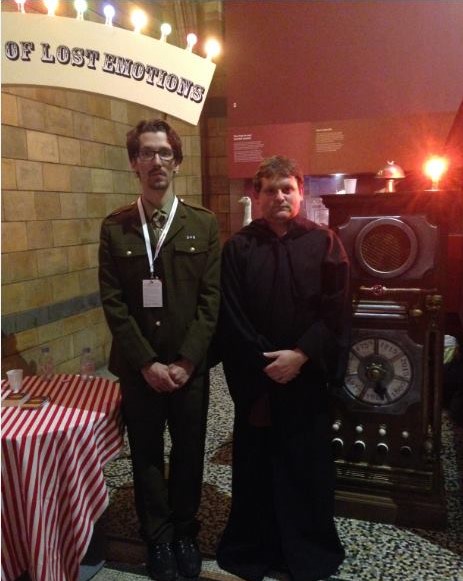
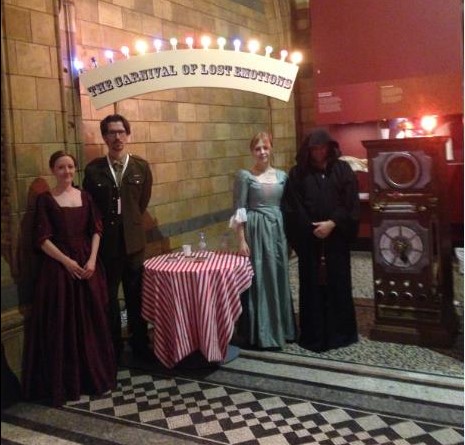
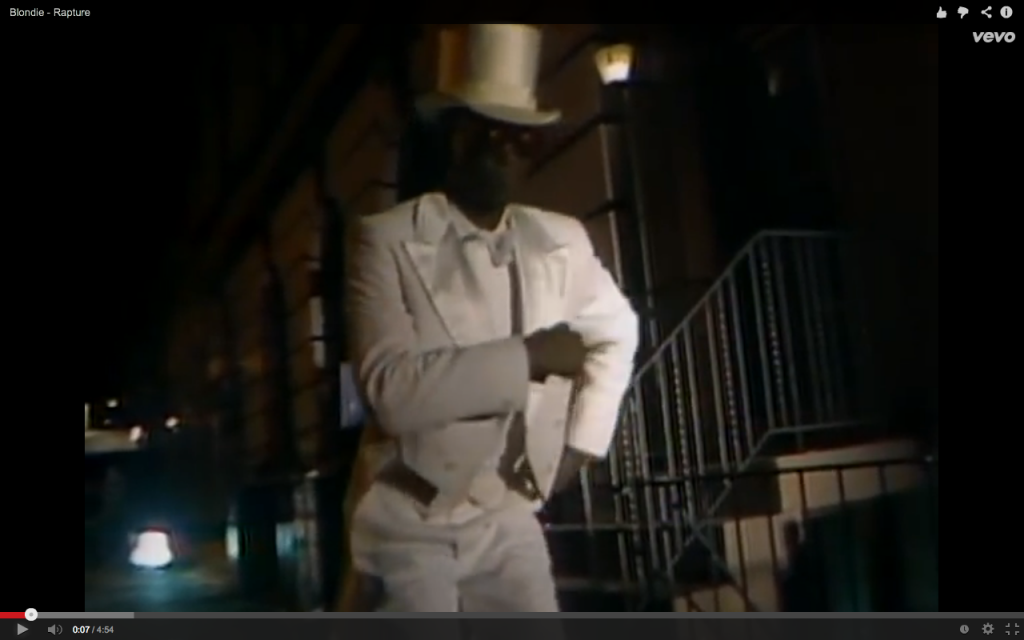
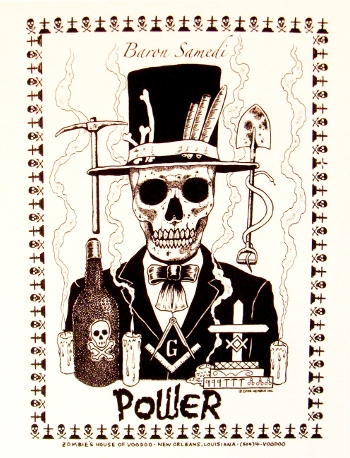
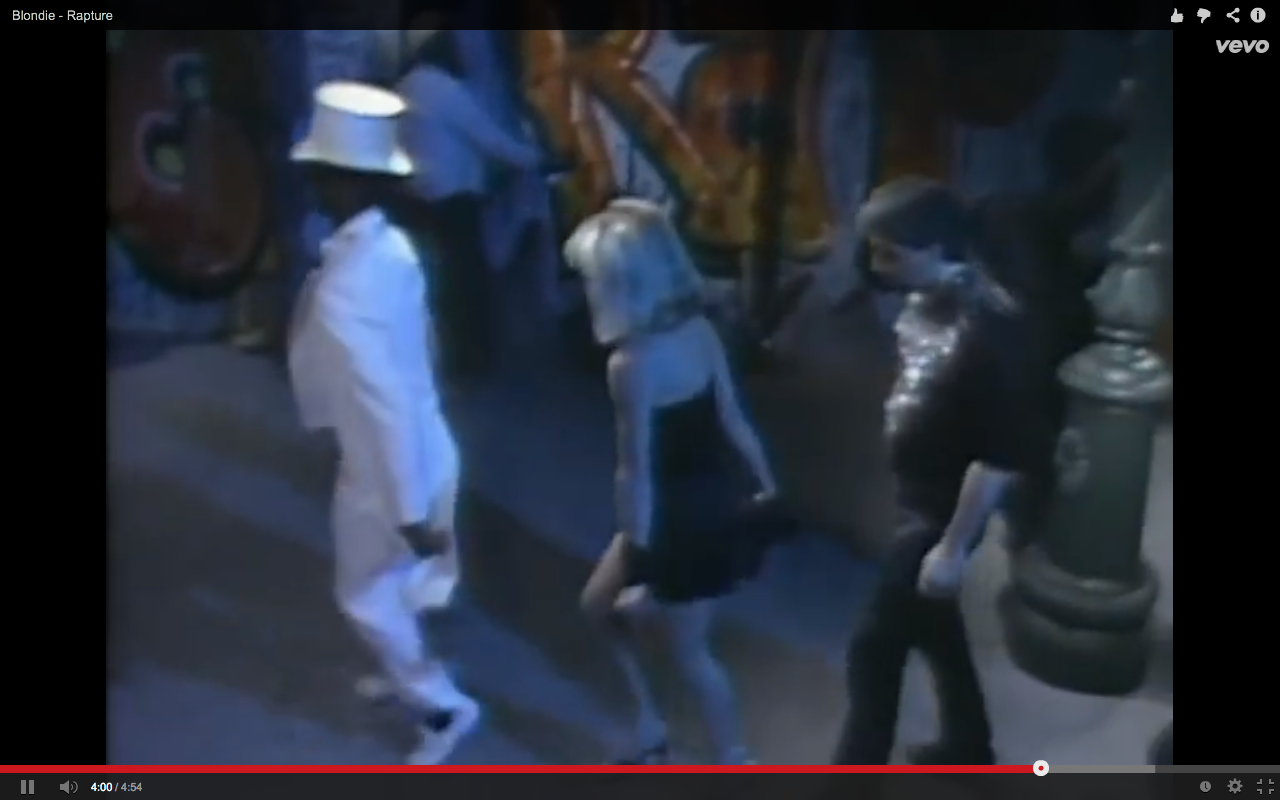
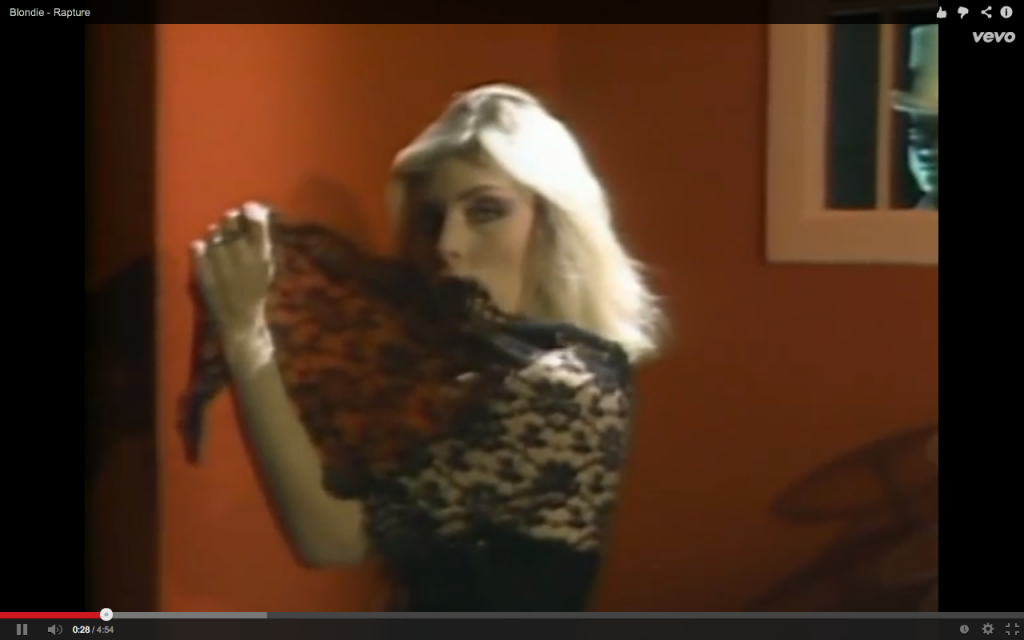
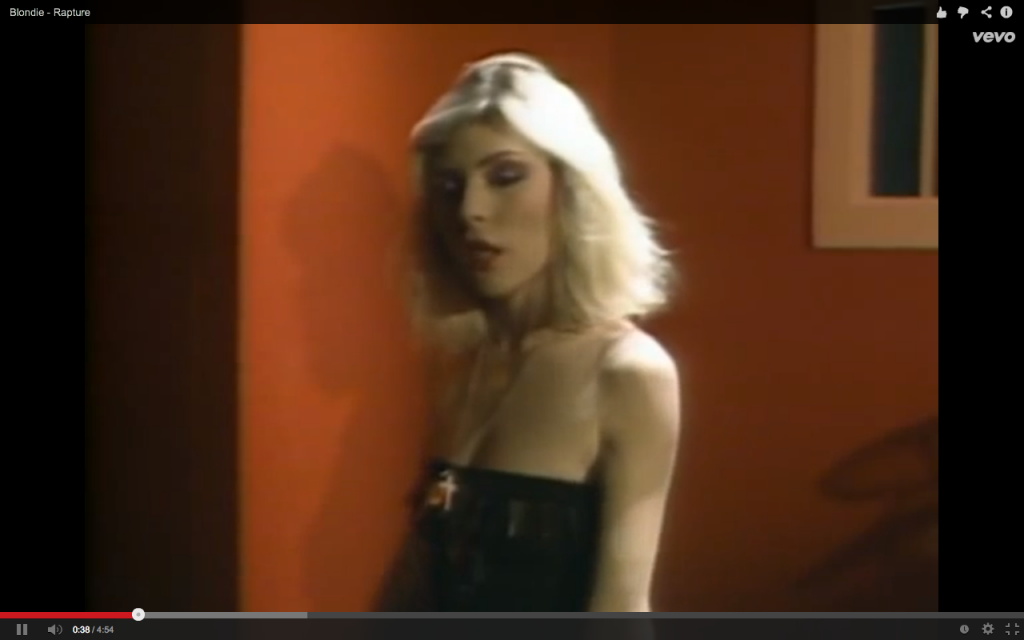
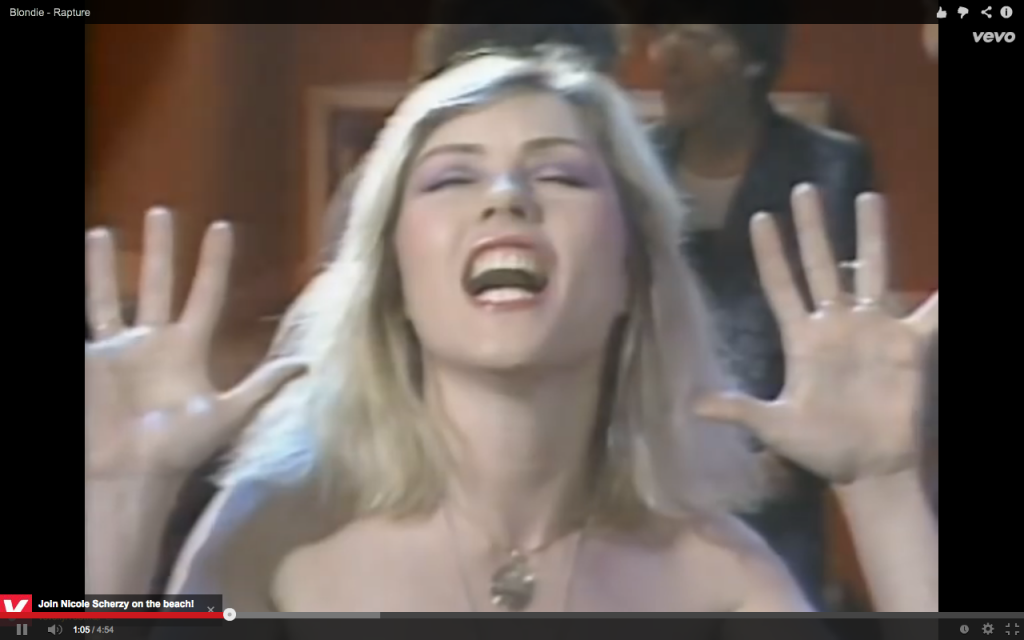
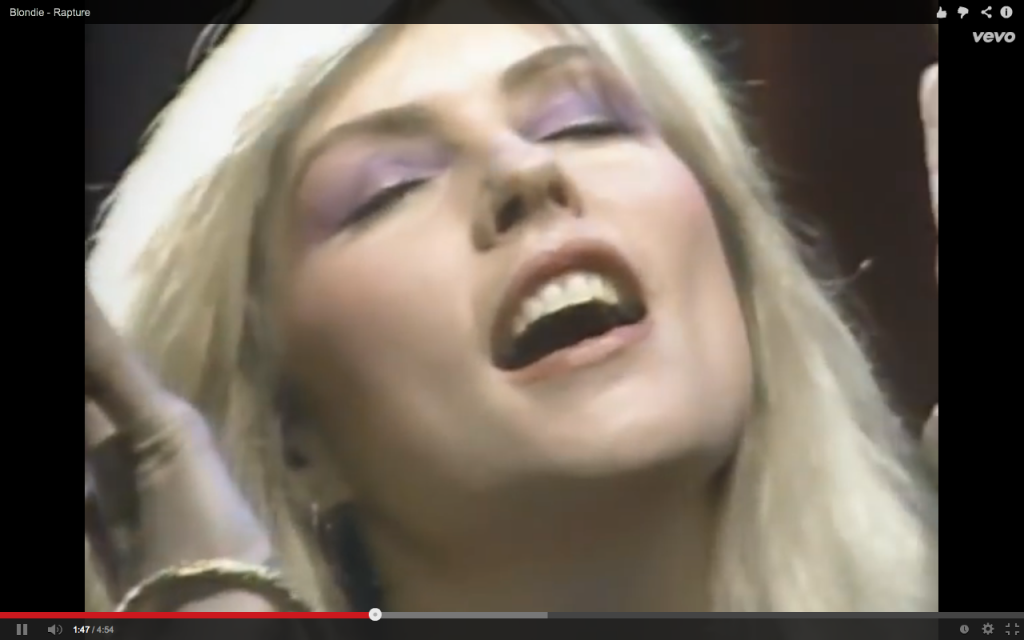
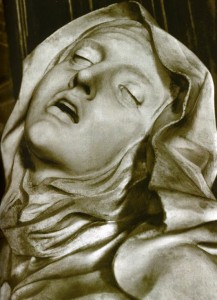
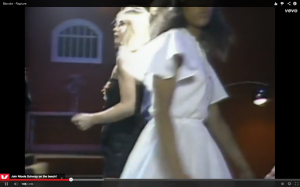

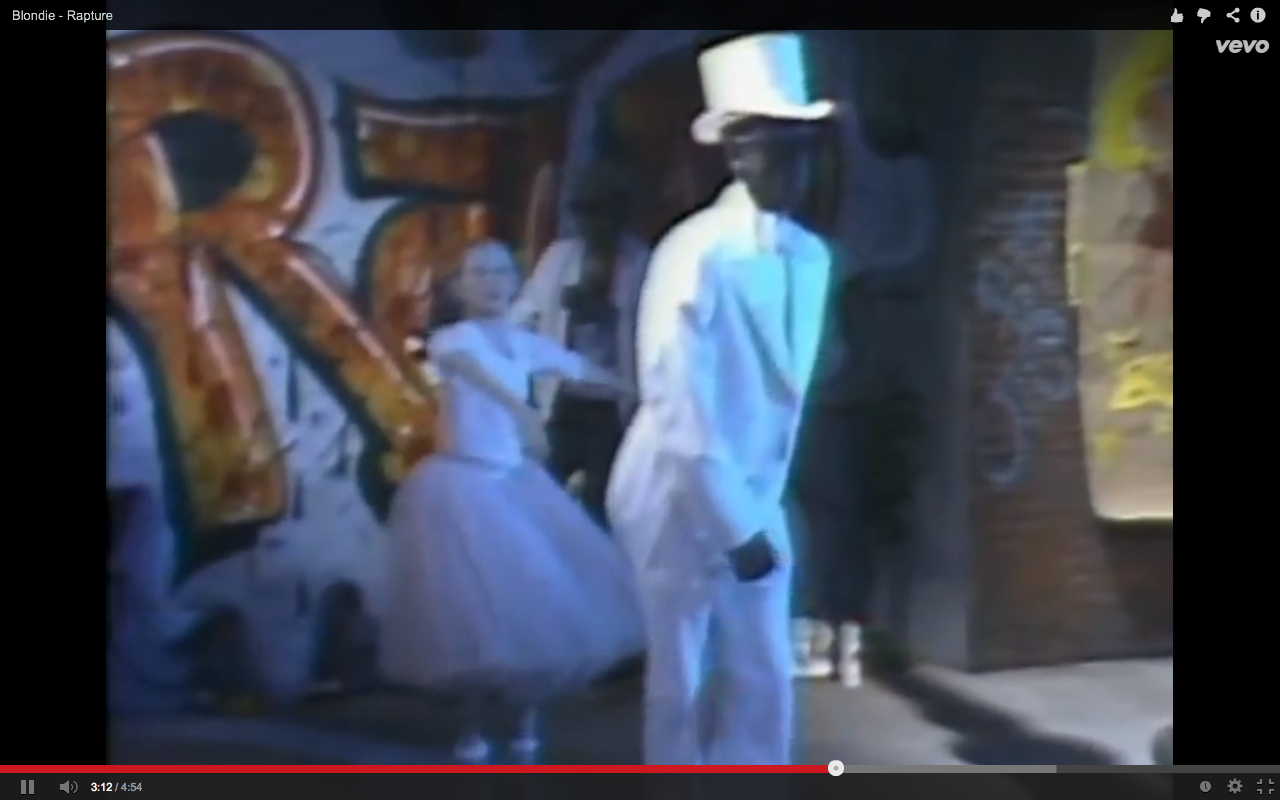
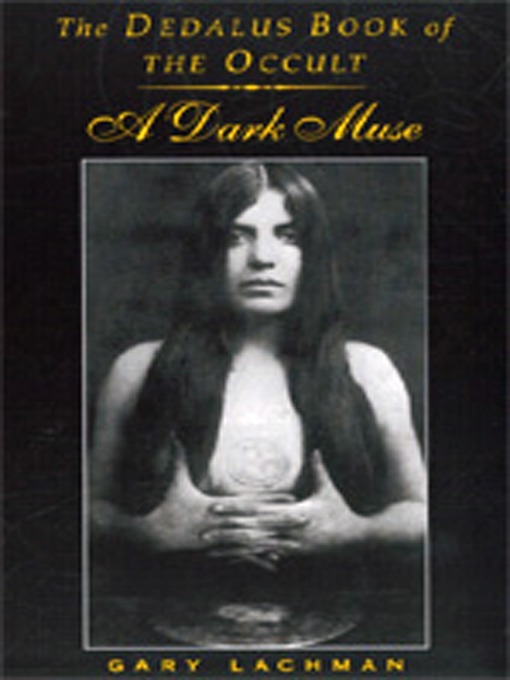

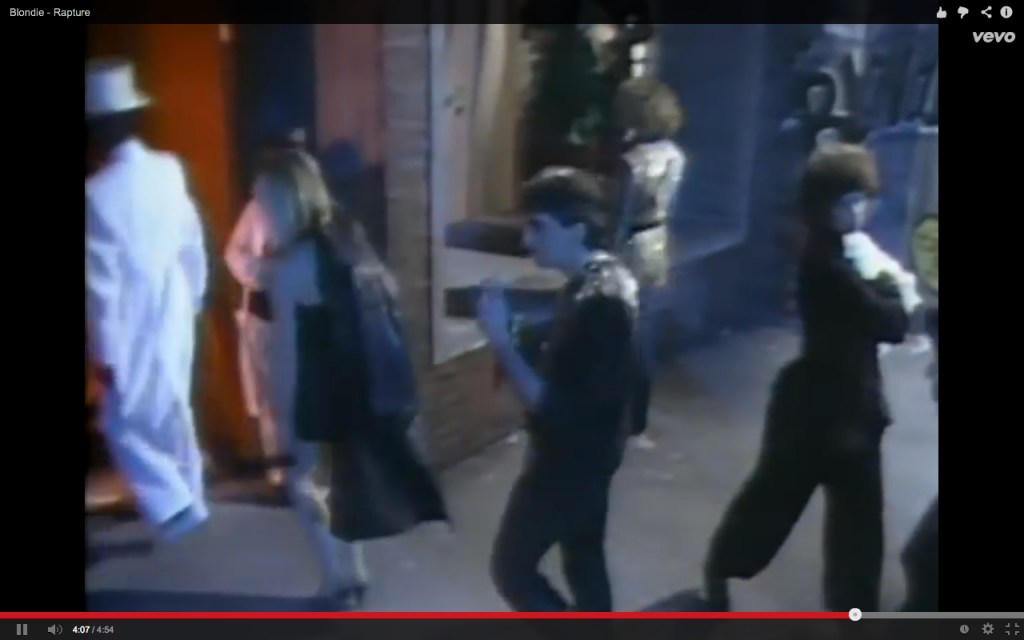
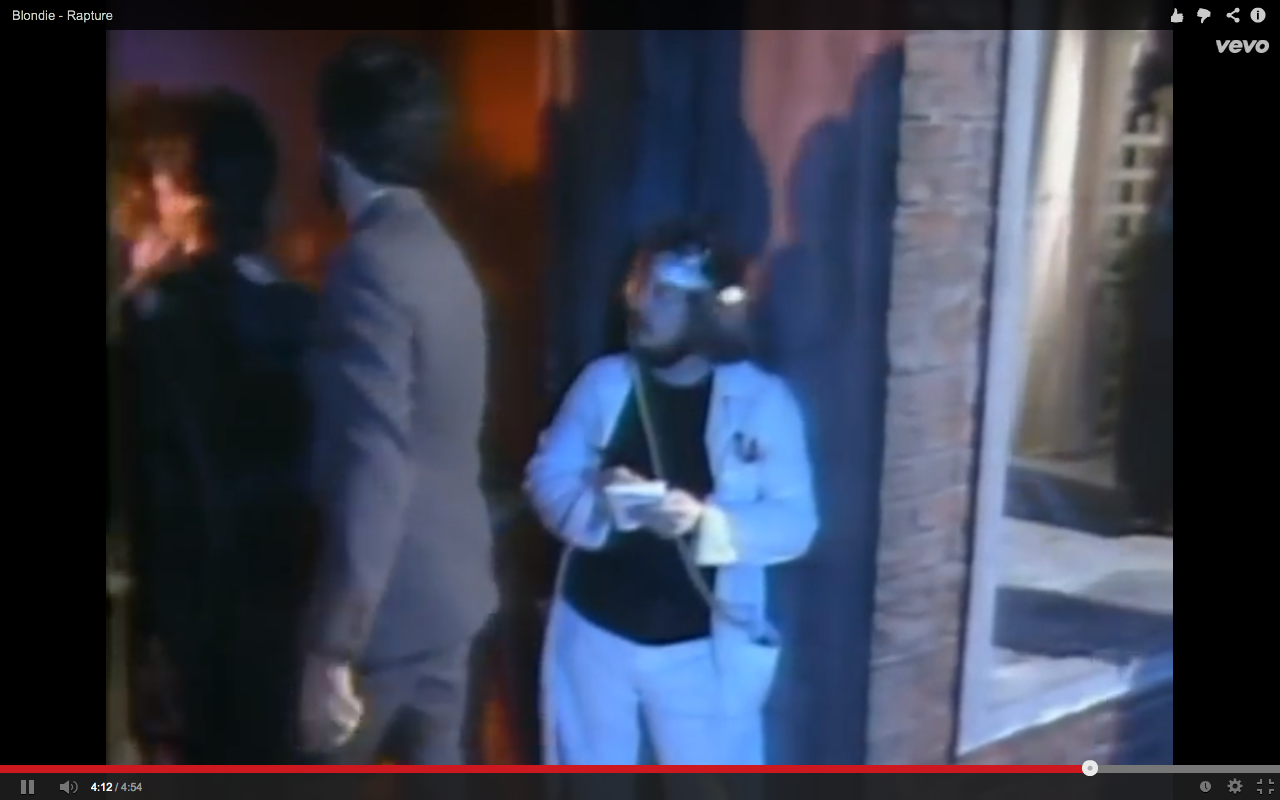
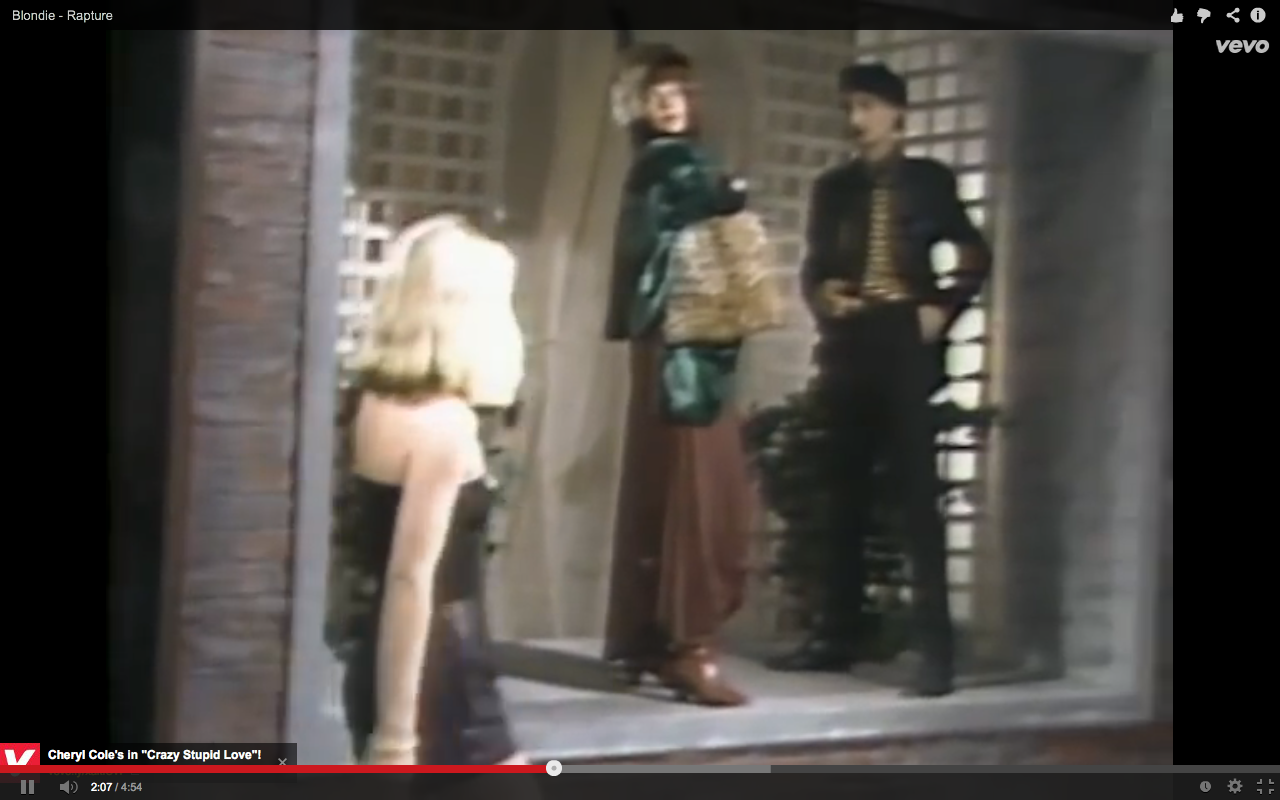







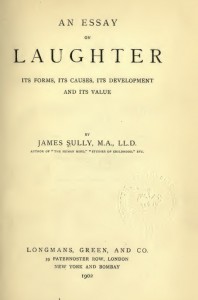
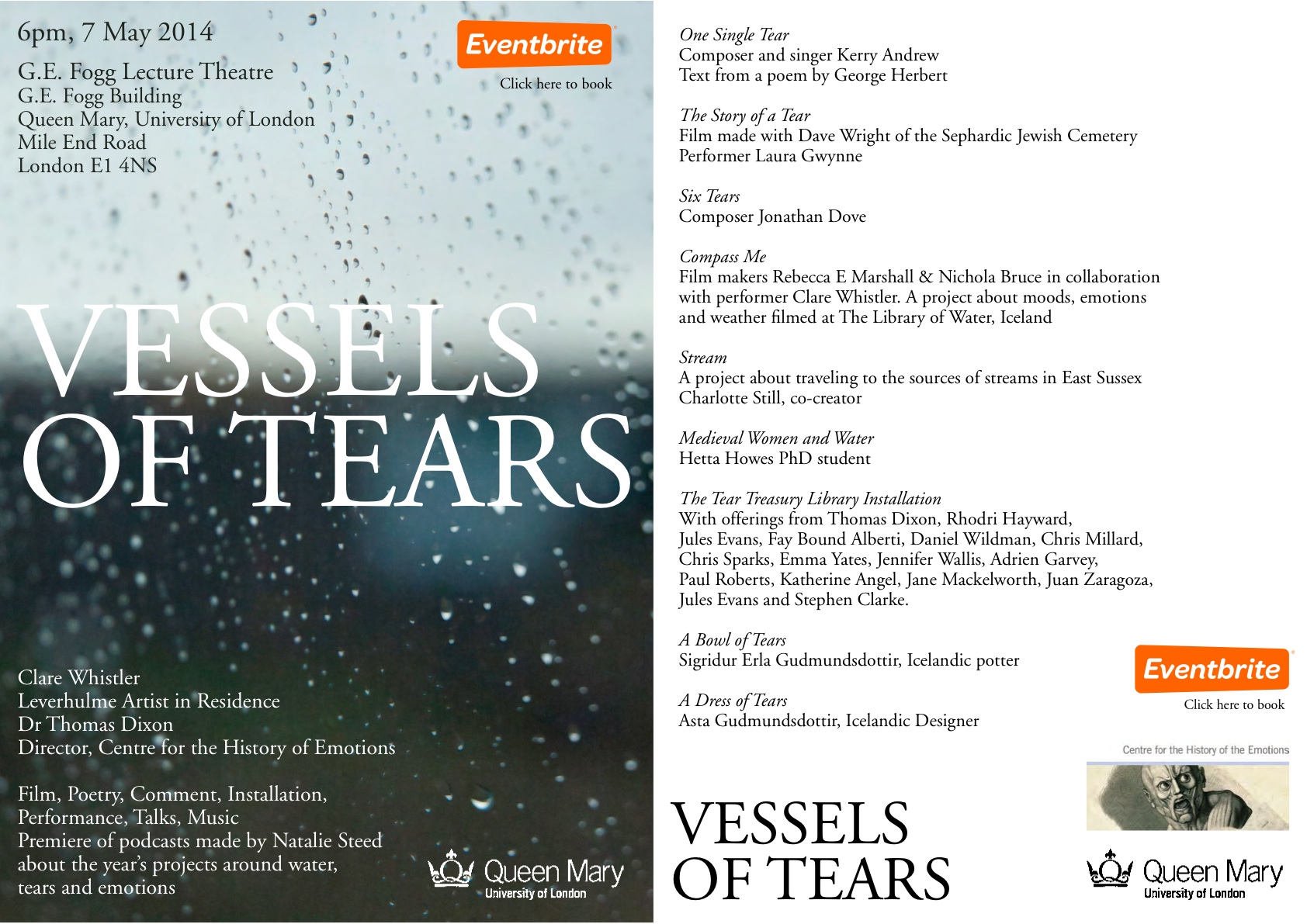

 Dr Thomas Dixon
Dr Thomas Dixon